*
The prismatic rainbow of color in Mike Kelley’s corridor of criminality, “Pay for Your Pleasure,” provides a tasty coating of sugar for the bitter pill its several dozen culture-heroes demand that viewers swallow. Lining the installation’s narrow hallway are looming portrait heads of celebrated male artists, poets, patrons and philosophers, all rendered in colorfully graphic style, like so many T-shirt advertisements in the back of the New York Review of Books.
Painted from photographs by a commercial artist, each is paired with a disconcerting quotation by its culturally revered subject, a quotation pointed in its insistence on the outlaw dimension of creativity. A sampling:
* “I think the destructive element is too much neglected in art.” –Piet Mondrian
* “I love the unfrocked priest, the freed convict; they are without past and without future and so live in the present.” –Francis Picabia
* “Men like Benvenuto Cellini (artists) ought not be bound by laws.” –Pope Paul III
By the time you reach the end of the hallway, the dissonance between all those happy-land colors and such dour declarations becomes a full-fledged moral conundrum. For there, taking the place of a heroic summation about creative criminality, you find exactly the reverse: Kelley has installed a work of art made in prison by a convicted murderer, a candid example of criminal creativity.
At the 1988 debut of “Pay for Your Pleasure” in Chicago, a painting by mass murderer John Wayne Gacy was shown in the hall. At the Museum of Contemporary Art in Los Angeles, which owns the installation, a drawing by “Freeway Killer” William Bonin has been displayed. And, at the Institute of Contemporary Arts here, in the compact, 12-year survey of the L.A.-based artist’s work that has been traveling in Europe since April, the corridor leads to a blocky portrait-bust, created in cement in 1977 by Glasgow gangster Jimmy Boyle. The piece gets made wryly site-specific, as the murderer’s art changes with each location in which “Pay for Your Pleasure” is shown.
Kelley’s provocative installation gaily throws a monkey wrench into all sorts of entrenched assumptions about art. One is the romantic faith in art’s value as a universal gauge of personal authenticity and worth. Another is the blandly sentimental assumption that art’s highest purpose is to be redemptive.
The gooey notion that art should somehow be good for you–Vitamin C for the soul–is very American, and it’s a sentiment Kelley skewers with Catholic wit.
Because the one original work of art in the installation turns out to have been created by an evil villain, he’s placed contribution boxes at the entrance to the corridor, into which visitors are invited to deposit cash for charitable organizations assisting victims of violent crimes. You’re bluntly reminded to pay for your voyeuristic pleasure, as you sidle up to peruse the killer’s aesthetic product. Like old-fashioned religious indulgences, the contribution boxes let you relieve your gnawing cultural guilt.
*
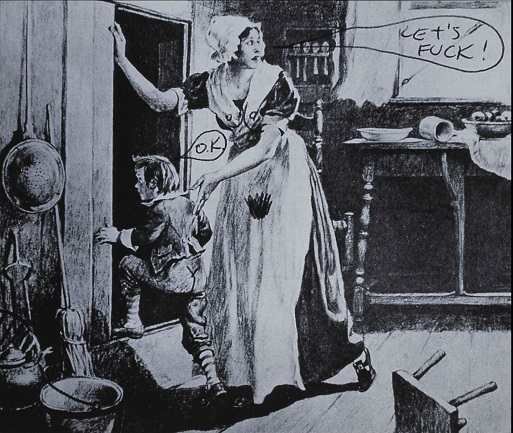
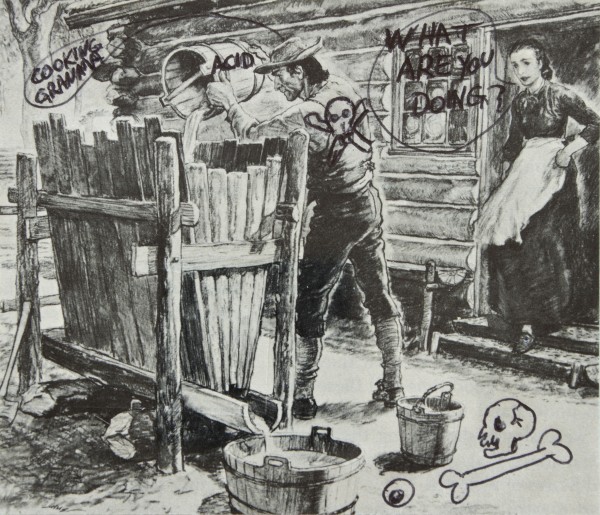
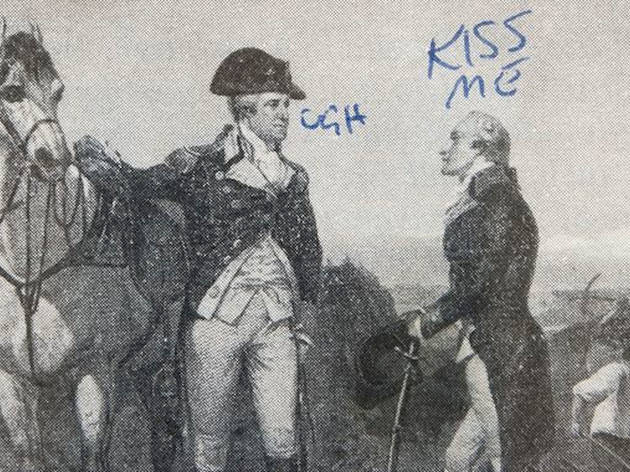
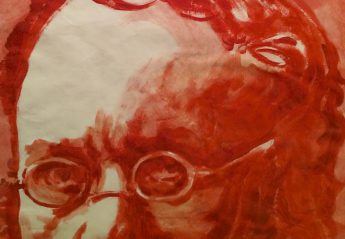
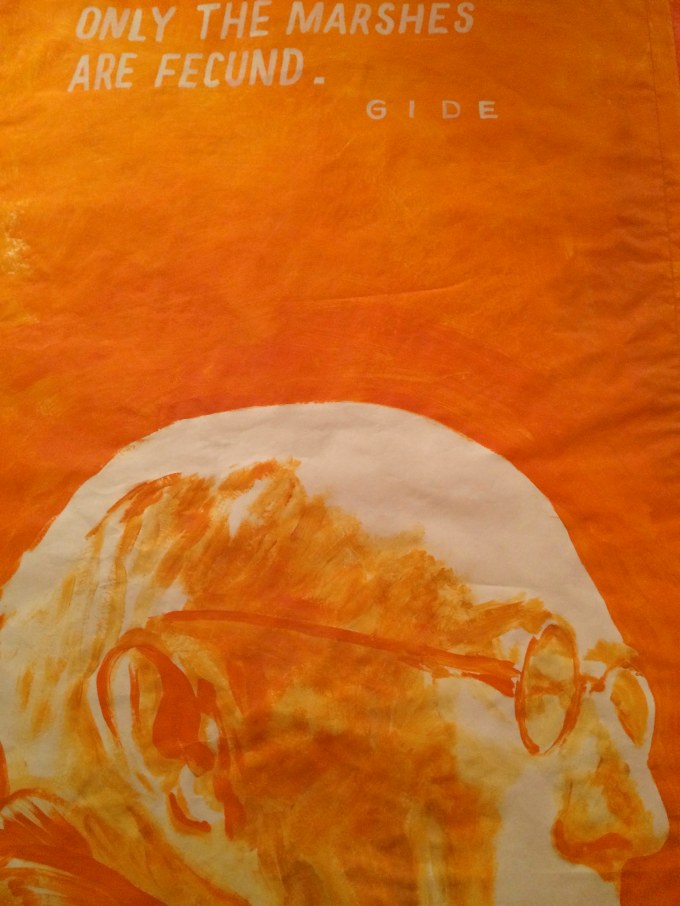
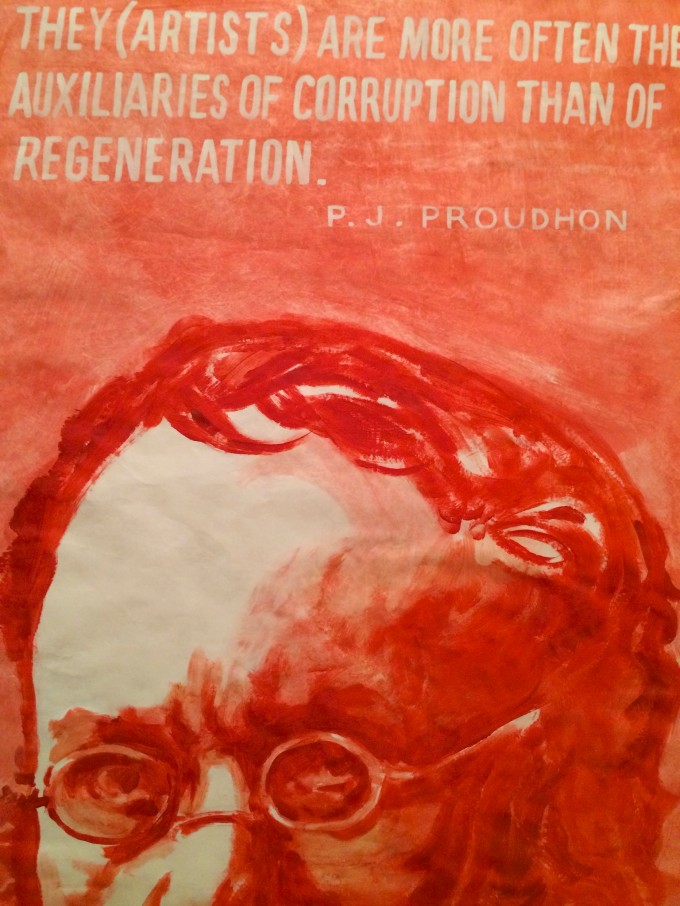
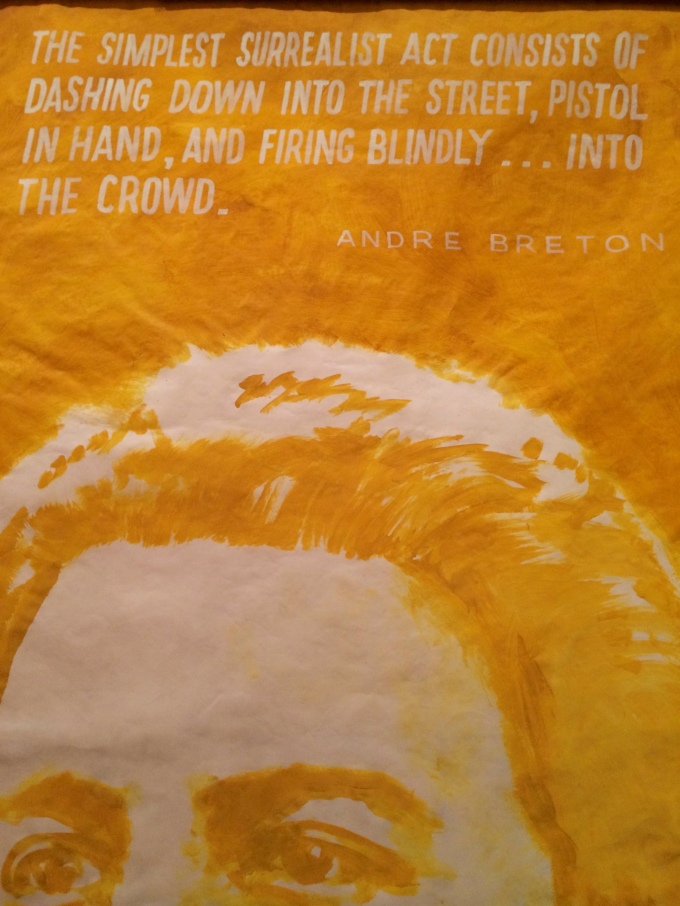
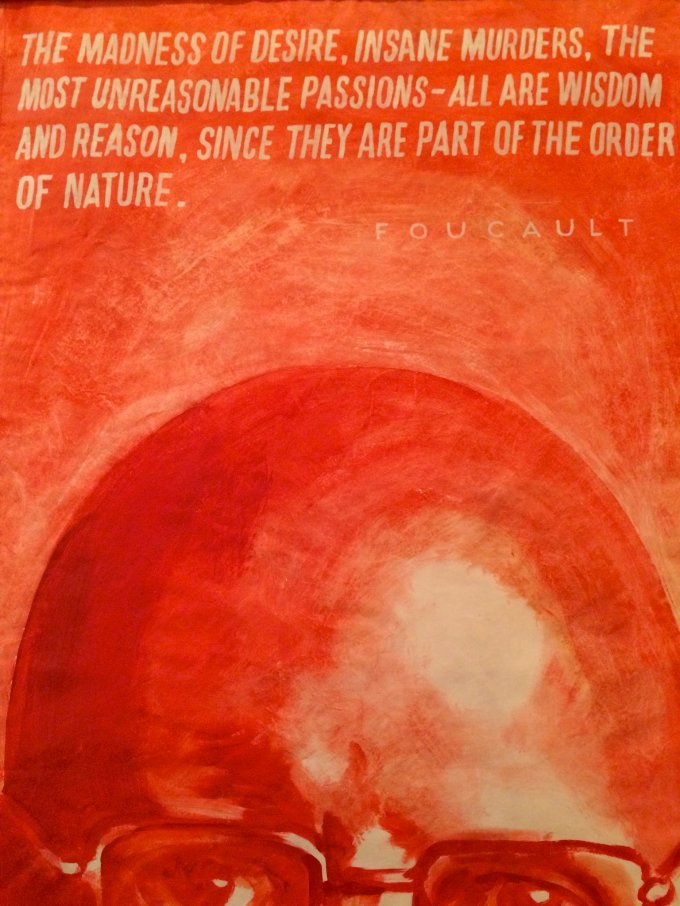
You must be logged in to post a comment.